Having branded products is extremely important for getting the word out about your company. You can have the best products and services, but if no one knows about you, then they're not going to find their way to your business!
For this reason, you need to consider having branded products made such as t-shirt, bags, and more.
But to be successful at making branded products, you need to ensure your logo is clear and/or easily readable. There's no point in branded gear if your customers can't tell what's on it, after all.
Are you ready to get custom embroidery for your logo? Then keep reading. We'll give you the best tips on preparing it so you get the best results possible.
Tips for Designing Your Logo
For some businesses, they don't have a logo designed already. If that's you, then you'll want to read this section. Otherwise, if you already have a logo in mind, skip to the next section.
When you're designing your logo, you should keep in mind that it should look good across all types of media, not just embroidery. Here are some helpful tips so you can create a logo that'll be extremely memorable to everyone who sees it.

- Keep It Simple
You might have all these ideas flying around in your head for your company logo, but in most cases, keeping it simple is the best route to go.
When you think of the world's most memorable logos, they aren't very complicated, are they? Most of the time, there are only one or two elements, and one or two colors.
This is what makes these logos instantly recognizable. They're in your face; bold and clean.
While these logos look very easy to make, you can bet these major brands have poured lots of money and time into perfecting their logos. So take a page from them and follow in their footsteps.
- Pick the Right Colors
You may already suspect this, but colors have a strong psychological effect. For example, red stimulates your mind and so does yellow.
So it comes as no surprise that when combined, it stimulates hunger. Do these colors sound familiar for any famous logos you know?
As you can see, the colors of your logo can have a profound effect on consumers. So make sure you pick colors that don't alienate your customers and instead, attract them.
Also, embroidery equipment can't match every single Pantone color. For this reason, you should stick to the most basic colors possible. If you don't, you risk the logo looking slightly different when it's put onto promo products.
Getting Your Logo Right for Embroidery
Maybe you already have a logo done and you want to move straight onto the embroidery part. Then you'll want to know how to digitize a logo for embroidery.
Finding a custom embroidery company is just half the work; you need to ensure your logo's designed and formatted in the most optimal way so you can get the best outcome.
The other half of the equation is formatting your files just right so the company can easily access it and create your custom embroidered products. Follow the below steps to make sure you don't run into any obstacles.

1) Be Mindful of How Outlines Will Look
The way your logo will translate when embroidered may be different than you envisioned.
For example, if you want to have some fine lines in lighter colors, this may turn out looking like a bunch of dots. This is because they're made with a running stitch, which means the needle passes in and out of the fabric on both sides. This means the gaps in between will expose the darker material underneath.
However, if you want to have fine lines in darker colors, this effect is less noticeable. This is because the thread will match the material better and blend in more.
Also, if you want to have bold, thick lines, these are usually made using a satin stitch. This is where a bunch of stitches are made vertically, all next to each other. This gives the outline a very striking look.
Usually, the graphic designer will work with you to determine which stitches will be used. You can also note in your order which ones you prefer.
2) Stick to TrueType Fonts
TrueType fonts were first developed in the 1980s and are pretty standard for any sort of typography. This means that most (if not all) software can accommodate these fonts, including embroidery programs.
If you use any other types of fonts, you run the risk of the equipment either not being able to do it, or having the logo look not quite right.
To save everyone some trouble, try and stick to TrueType fonts for your logo. If you do, not only will it be easier to get custom embroidery done, but it'll also help you stick to the advice of "keep it simple" from above.
3) Saving Your File in Vector vs Raster Files
Vector files are any ones that end in SVG, EPS, AI, or PDF. These are usually easier to manipulate since the elements are made up of lines. So if you want to make your logo larger or smaller, the quality won't be compromised.
On the other hand, raster files are files that end in JPG, PNG, MBP, GIF, Tiff, and sometimes PDF. Instead of being saved as lines, the elements in raster files are saved as dots or pixels.
Because of this, resizing may be an issue. While you can turn larger images into smaller ones with no issue, trying to make raster files into larger images will cause a decrease in quality.
To be safe, you should save your logo in both formats. However, do note that the embroidery company will probably want to work with vector files, as they're easier to make bigger and smaller.
4) Keep Your Logo Within Certain Dimensions
If you want to get your logo embroidered by LogoUp, we suggest you keep your logo within the dimensions of 4 inches by 4 inches. We aren't able to go bigger than that, as it'll compromise on quality.
This doesn't mean you can't bring in an image that's bigger. In fact, that may be preferred at times. Considering smaller raster files won't look good when they're enlarged, it's better to be in a situation where you have an image that needs to be shrunk rather than magnified.
As far as individual elements, they should be over 3/16th of an inch; this includes letters, words, and other graphical elements. If there's anything that's smaller than 3/16th of an inch, you'll have to either remove or modify it so you can get the best embroidery results possible. Our graphic designers can help you with that if needed.
5) Determine What Material You Want to Be Embroidered
Not all materials are made the same, which means what may look excellent on one material (such as cotton) might look terrible on another (such as polyester).
If you've ended up with a logo and final image that you like, it's best to stick to the same materials when getting it embroidered. If not, you risk having some products with subpar quality. Or, you might have to create separate embroidery logo designs for each material you want to get embroidered to get the best results possible.
6) Consider What Products You Want to Be Embroidered
Not only do you need to design a good looking logo, but you need to have several versions of it as well. A logo that's placed on a sweatshirt will have different optimal dimensions than one placed on baseball cap.
This is why it's important to save your logo in several types of files (vector vs raster, as we touched upon earlier). The graphic designer can then manipulate the image if needed, so it can fit best on the products you want to place your logo on.
Get Custom Embroidery Done for Your Promo Products
From this article, you've hopefully now learned how to design and format your logo so it's good to go for custom embroidery. Not only can this help save you time, but it can also save the custom embroidery company some hassle as well.
So before you Google "logo embroidery near me," do everyone a favor and follow the tips outlined here. By doing so, you'll get your custom promo products in your hands a lot quicker and easier.
Ready to get your logo custom embroidered onto some promo products? Then take a look at our selection of promo bags.
Categories
Recent Posts
- The Best Custom Polos for Workwear and Events
- The Most Popular Custom Hats for Every Occasion
- Why Choose a Mesh Back Hat?
- Exploring Backstrap Options: The Benefits and Drawbacks of Popular Hat Closures
- The Perfect Pair: Branded Bills Hats for Embroidery
- Trendy Camo Hats for the Outdoors: Customize the Richardson 111P with LogoUp
- The Ultimate Guide to Customizing the Richardson 320 Washed Chino Hat with Embroidery
- Embroidery on the Otto Cap 39-165: High-Performance Customization for Every Occasion
- LogoUp Holiday Gifts: Embroidered and DTF-Decorated Richardson 112, 112PFP, and 112PM
- Gifting LogoUp Custom Campfire Mugs: Thoughtful, Versatile, and Personalized











































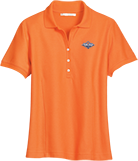
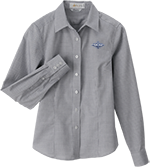
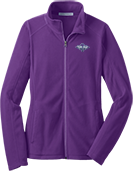
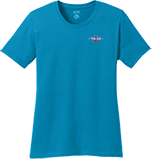
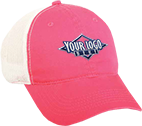


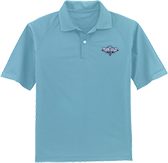


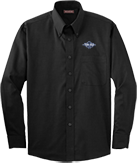
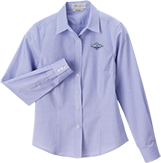




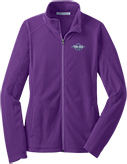
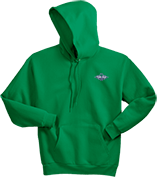

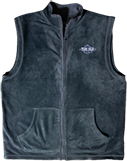

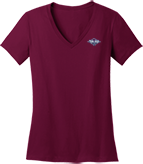

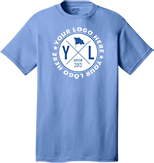
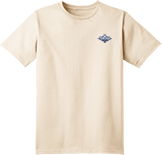
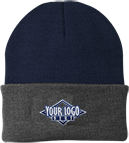


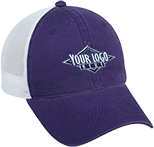




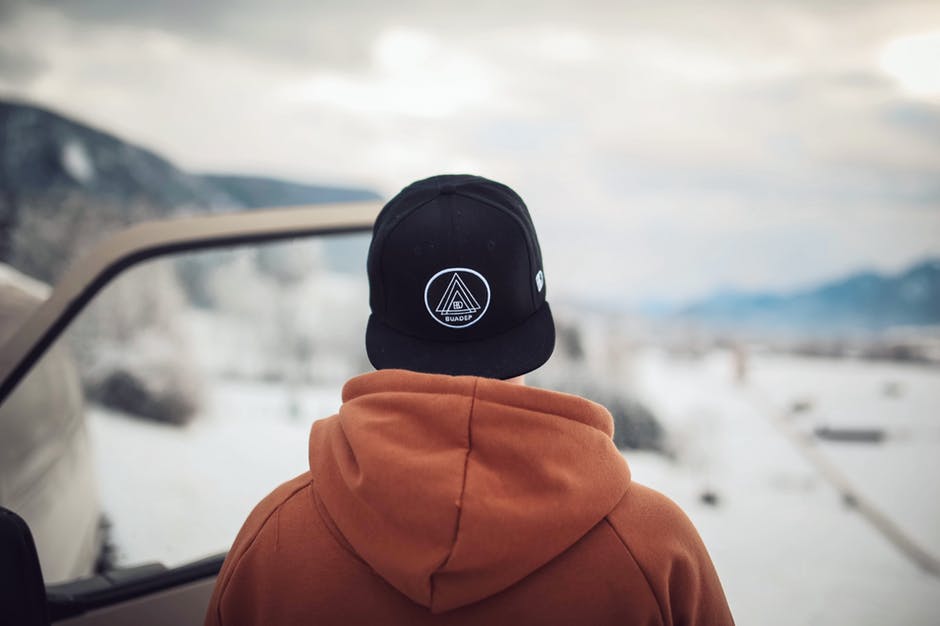



Add Comment